2023 Rimac Nevera Review: The 1914-hp storm nobody saw coming
Mate Rimac—pronounced MA-ta RE-mats—did everything wrong. He raced his E30 BMW until the engine exploded. And then, inspired by his long-dead fellow countryman, Croatian-born electricity pioneer Nikola Tesla, he decided to turn the BMW into an electric car.
It didn’t work so well at first. The racers he competed against teased him about bringing a washing machine to a motorsports event. But the more Rimac worked on the E30 EV, the faster it got. In April of 2011, his electric BMW set several Guinness and FIA records, including accelerating from 0 to 100 kph (62 mph) in 3.3 seconds.
By then, after seven major rebuilds, he realized the lime green car was much more Mate Rimac than BMW. So at age 21, he started Rimac Automobili, to develop electric cars. He was already working on the Concept_One, a swoopy-looking sports car with a funnel-shaped indentation on each side, from front to rear, that represented … a sideways necktie! The necktie is a Croatian invention, so it certainly belonged on the side of Croatia’s only automobile.

Rimac needed publicity, so he loaned the Concept_One to Richard Hammond, the famous Top Gear TV personality, so he could drive it in a hill-climb race for Top Gear’s follow-up show, The Grand Tour. Hammond promptly drove the Concept_One off the side of a hill, where it landed upside-down. Hammond escaped with a broken shin just as the car burst into flames. Rimac got his wish for publicity.
He still needed money, though. Rimac grew a beard so he’d look older. He got an offer of investment and a five-year absolution from taxes; all he had to do was move the company from Croatia to Germany, where a huge supplier network and experienced help awaited. He refused. Another offer came from the Middle East, requiring he move the company from Croatia. Again, he refused.

Finally, seed money arrived to Croatia from Saudi Arabia. It was accompanied by proper venture capital paperwork, but a problem remained: No lawyer in Croatia had any idea how to execute it, since nobody had ever sent this kind of venture capital to Croatia. A lawyer entered the fray from abroad, and Rimac Automobili shifted into high gear. At present the company employs a staff of 1900, with 700 of them—almost all engineers—hired this year. The company has done a huge amount of (mostly electrical) engineering for companies as diverse as Porsche, Hyundai, and Koenigsegg. Rimac also built a car of his own to show what his company can do.
The result is the machine you see here, the electric Rimac Nevera. It still has that necktie down the side, but it also has 1914 horsepower and 1741 lb-ft of torque. It launches from zero to 60 mph in less than two seconds. Top speed is 258 mph.
Remember this name: Miroslav Zrnčević. Just kidding, you don’t have to, Miro is what everyone calls him. Miro is sitting aside me in the right seat of Rimac Nevera Number 9. A former automotive journalist who started a car magazine in Croatia, he is now the official development driver for Rimac. Miro piloted the Nevera to 256 mph, a world record for an electric car. We will hit three figures this afternoon, but definitely the lower end of that spectrum. At that pace, the Nevera felt like it was just getting warmed up.
At full throttle, the Nevera doesn’t have any piped-in V-8 or V-12 fake sounds, nor does the experience demand any. All you hear are four whirring motors—pretty loud and surprisingly invigorating. It’s the honest sound of an electric hypercar.

Yes, it’s brutally fast, accelerating at the rate of an NHRA Super Comp dragster to about 188 mph in the quarter-mile. But the sensation is so different from any gas-powered car; in a traditional dragster you feel the car going faster, while the Nevera advances almost undetectably. It’s almost eerie when you glimpse what the speedometer indicates, the figure often climbing too fast for you to even ponder the cost of the speeding ticket. There are palpable g-forces as you accelerate, but they are neither disconcerting nor discouraging. They probably ought to be.
Did we mention it is possible to adjust the torque vectoring of the four electric motors? Two up front, two in the rear, and it’s possible to send 100 percent of the torque to the rear wheels. “It’s a heck of a drifting machine,” says Miro, a former semi-professional drifter. (Drifting is big in Croatia.) Somewhere, Michelin engineers are sobbing while their salespeople rub hands together with glee.

Perhaps more remarkable even than the acceleration is the sophistication of the ride and handling. This is the friendliest hypercar I’ve ever driven. The ride in Comfort mode is such that you barely feel the lane-dividing reflectors on Florida roads.
Genuine thought went into the interior, as well. The Nevera, which began with a clean sheet of white paper, has upward-opening butterfly-style doors, meaning you can walk right up to the car and sit down. The floor is flat right up to the door, which means no climbing over a side rail or squirming under a steering wheel. Ingress into the Nevera was more comfortable than into the Nissan Altima SR that I was driving that week.
Once inside, drivers are sure to enjoy the excellent bucket chairs; the seating position is comfortable enough for one to drive until the battery range runs out—about 200 miles with a conservative right ankle. There is nothing jumpy or nervous about the Nevera. Just get in and go. Instruments and controls are ideally placed; twist a dial to the left of the steering wheel to “Drive,” then twist a couple more dials to determine what driving modes you want. The single screen in the middle controls seat functions, side mirrors, climate, and navigating.
While the handling is remarkable, the Nevera is not a proper track-day car. Weighing in at 5000 pounds—the H-shaped battery pack keeps the center of gravity quite low—and packing nearly 2000 horsepower, “you’d just chew up the tires in short order,” Miro warns. Drag racing would be a different story, but with no roll cage, you’d likely be banned from any NHRA drag strip after a single run. So what is the Rimac Nevera? A road-going GT car, really, or a rather understated-looking supercar that is ready for any formal occasion. (It’s even wearing a tie!)

Rimac is planning to build 50 examples a year for three years, and that’ll be it. There are 12 dealers in the U.S. authorized to sell them. If you want one, there’s a new blue-hued Nevera—painted the same shade the Adriatic Sea looks after one of those storms— for sale in Florida. Cost? Two million Euros, or $2,067,600 with the current conversion.
Following a merger with Bugatti, Mate Rimac is also now the newly minted CEO of the French hypercar outfit and is planning the successor to the Bugatti Chiron. (It will be a hybrid, with an electric version to follow.) Now just 34 years of age, Rimac is far from his early E30 engine-swapping days. He seems to be doing everything right while remaining loyal to his native Croatia.
As for the model name, a “nevera” is what Croatians call an unpredicted, fierce little storm that forms on the coast of the Adriatic Sea. It comes from nowhere, churns the water, and disappears into the distance. Fitting.
2023 Rimac Nevera
Price: $2,067,600
Highs: Accommodating cockpit, stunning on-road comfort. Easily wins a drag race against anything save for a Model S Plaid or Koenigsegg Gemera. (That’d be interesting to see.)
Lows: Styling might be less flashy than some customers prefer. Speed is governed to 219 mph, a full 37 mph shy of what Miro says the car will do with the governor disabled. Find tires good for 256 mph, and the Rimac people will discuss it with you.
Takeaway: A masterpiece of performance engineering and design, yes, but as a car the Nevera is simply far, far better than you’d expect.
Check out the Hagerty Media homepage so you don’t miss a single story, or better yet, bookmark it.
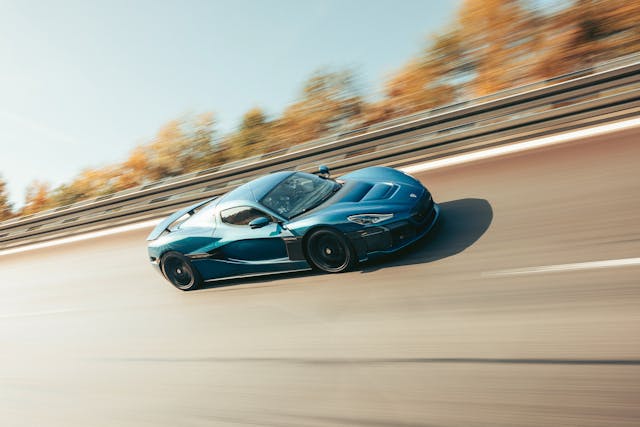

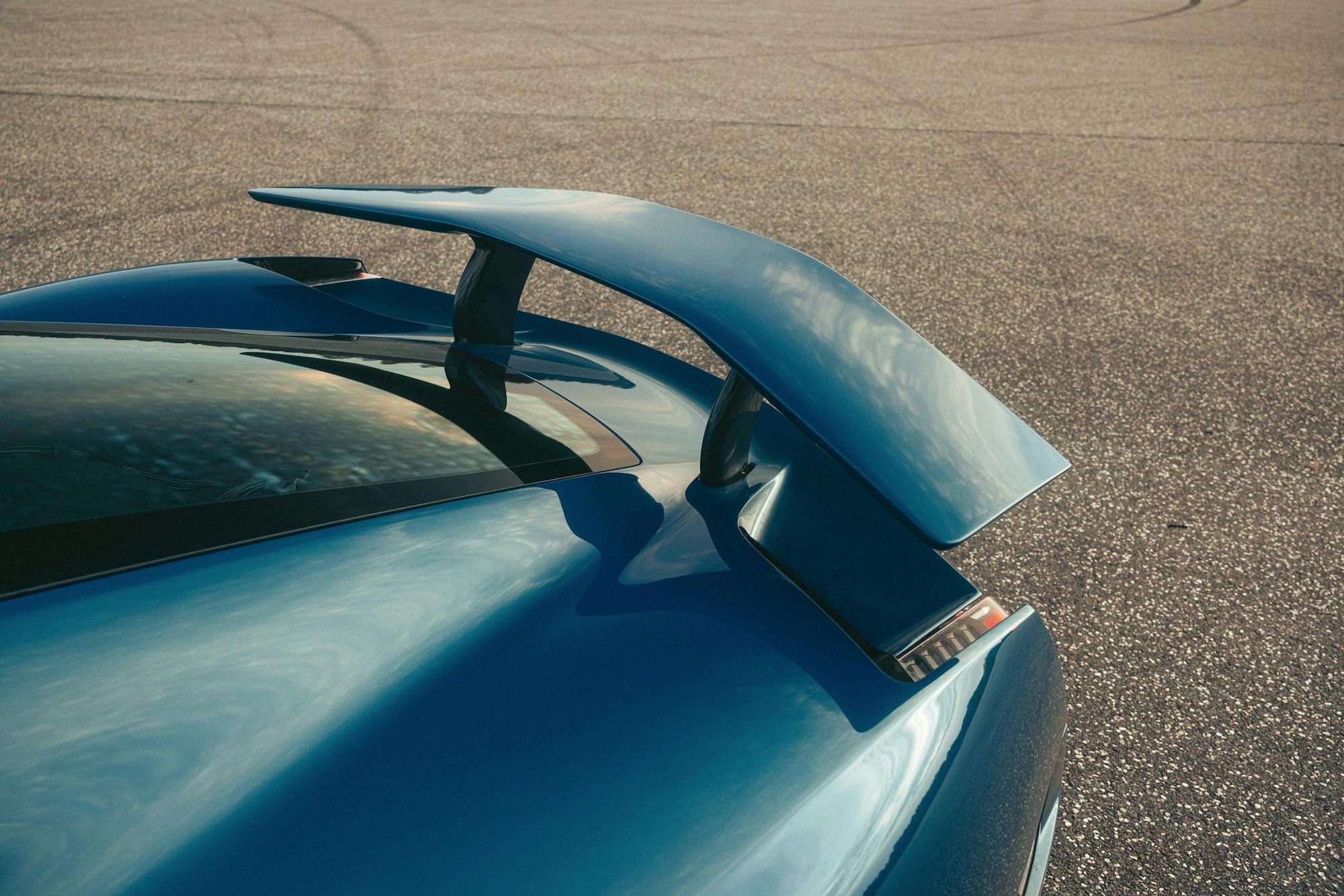

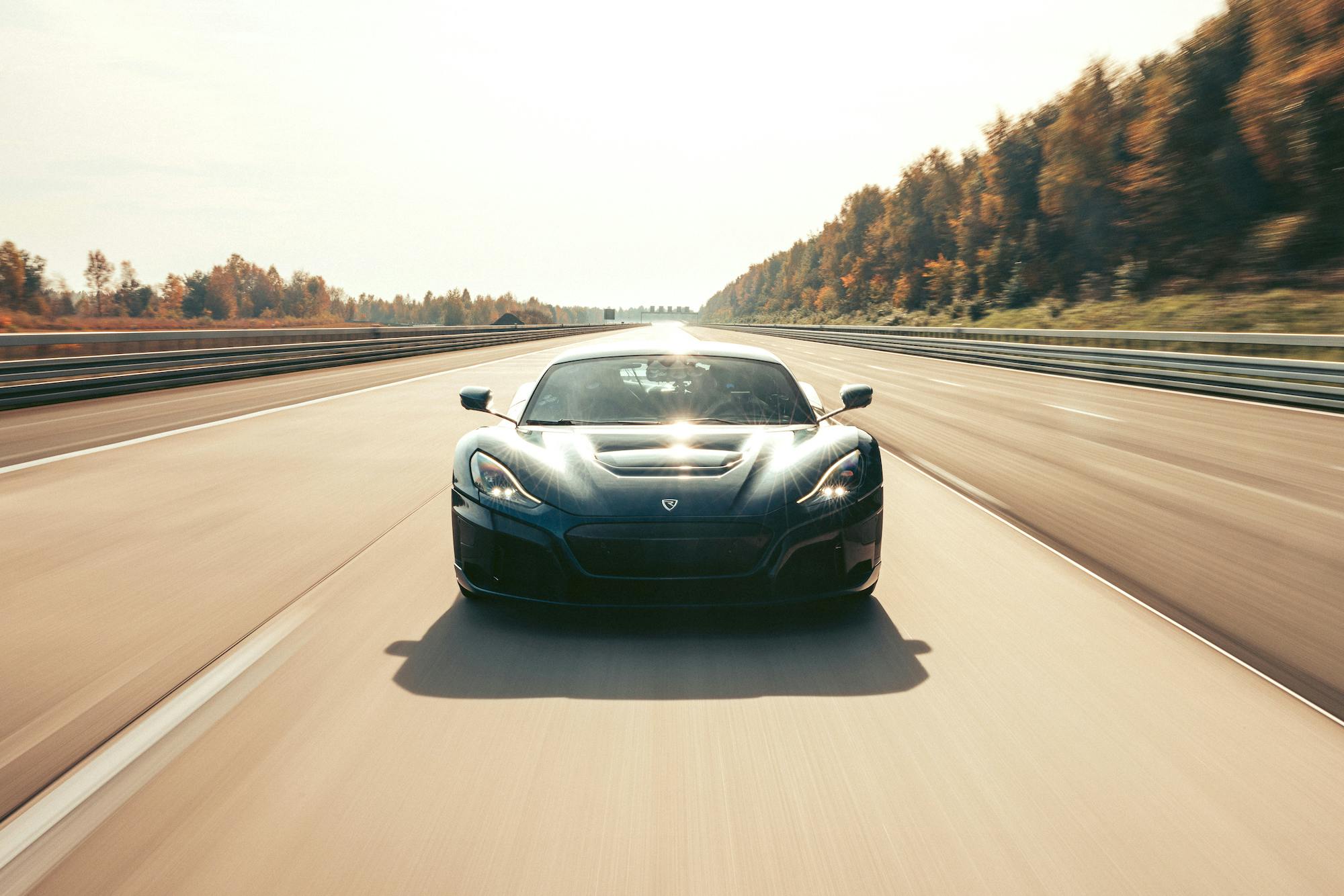
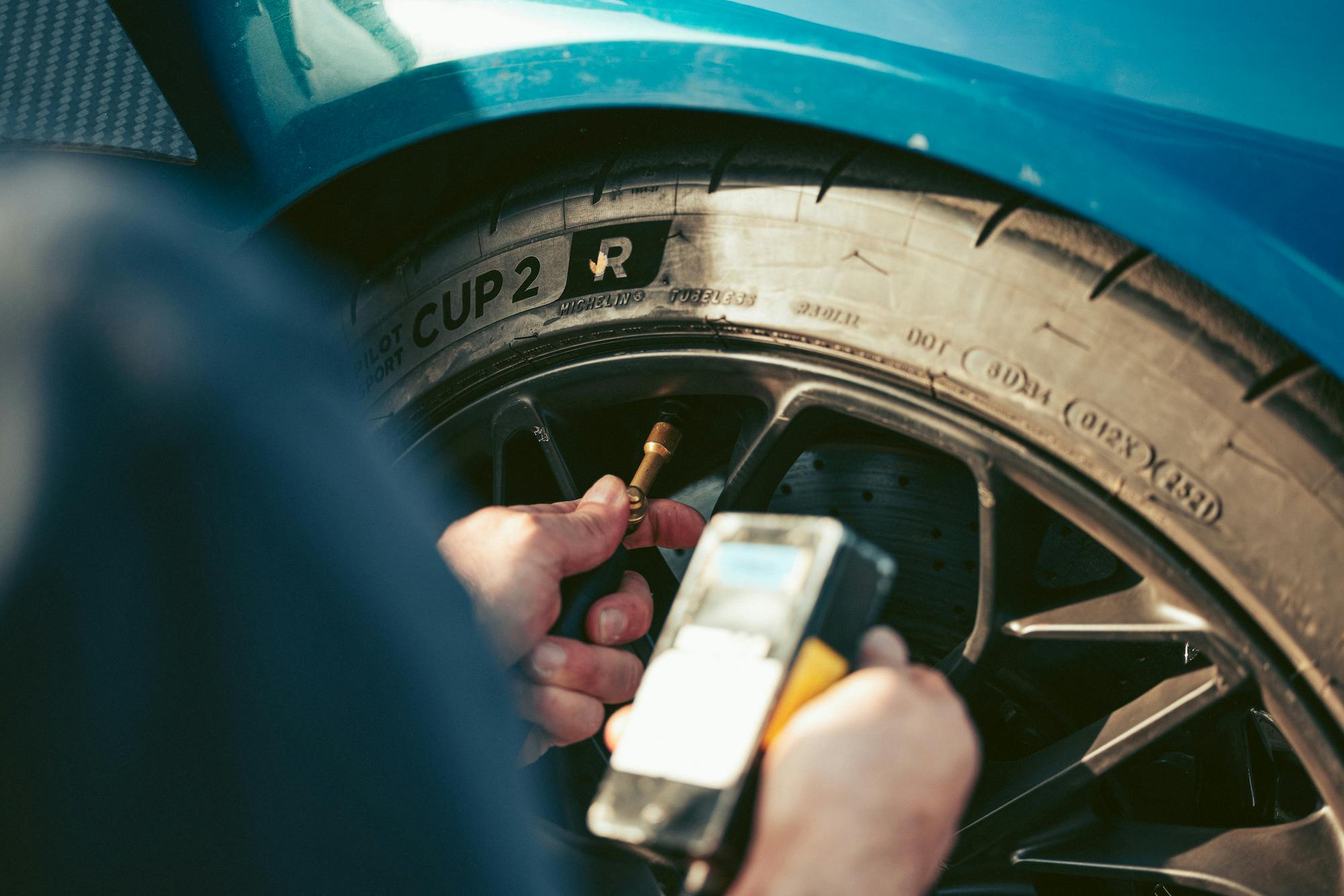

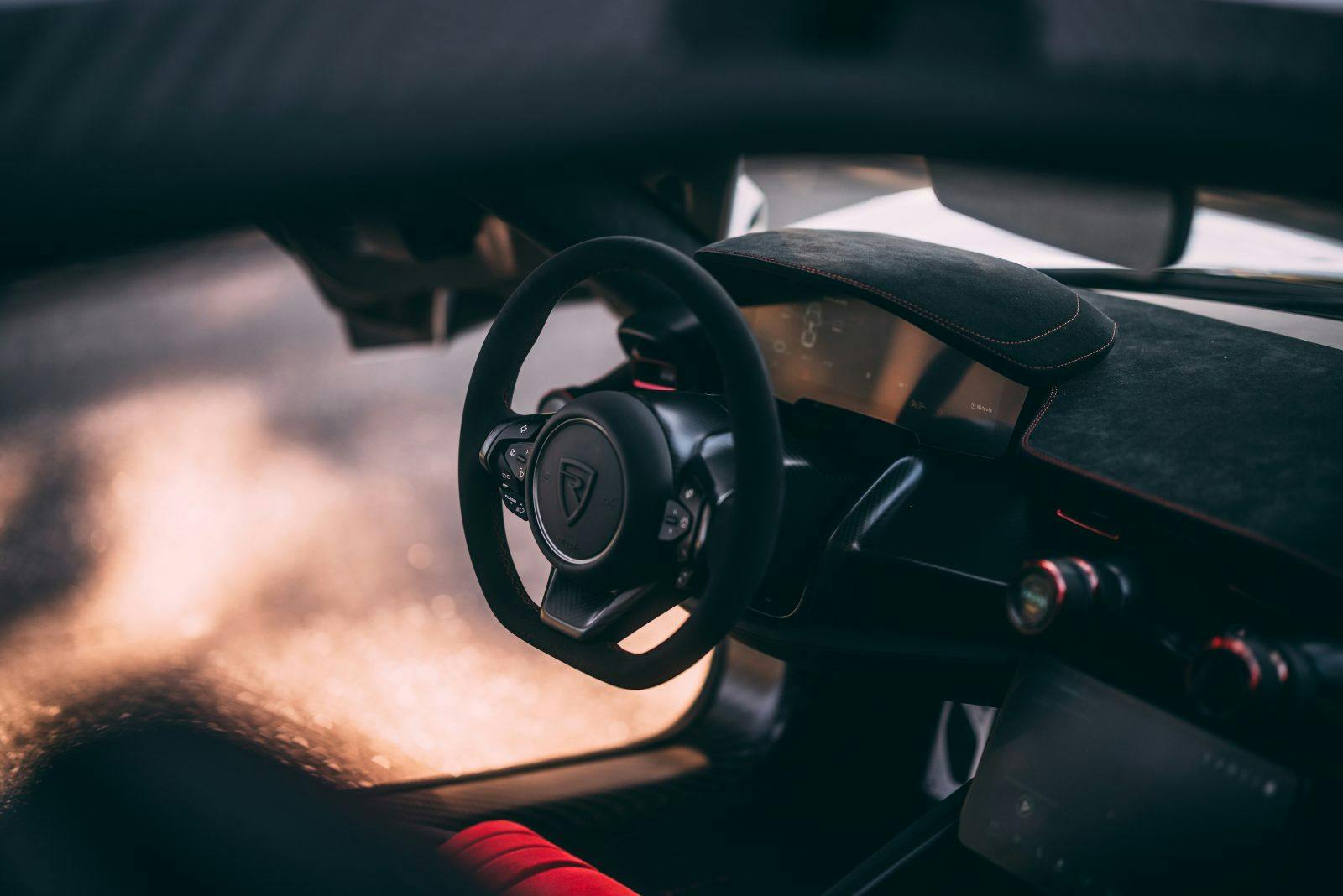


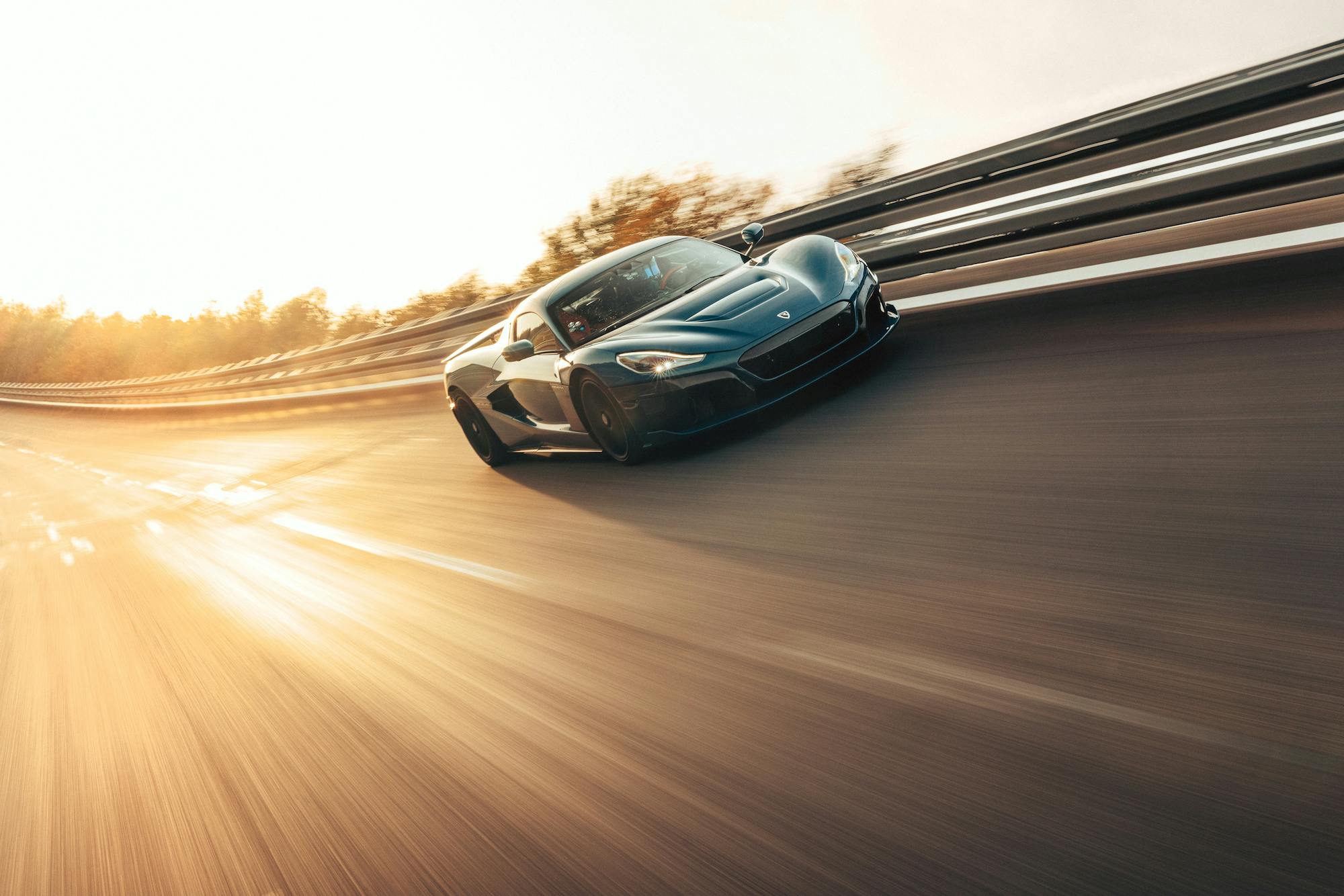



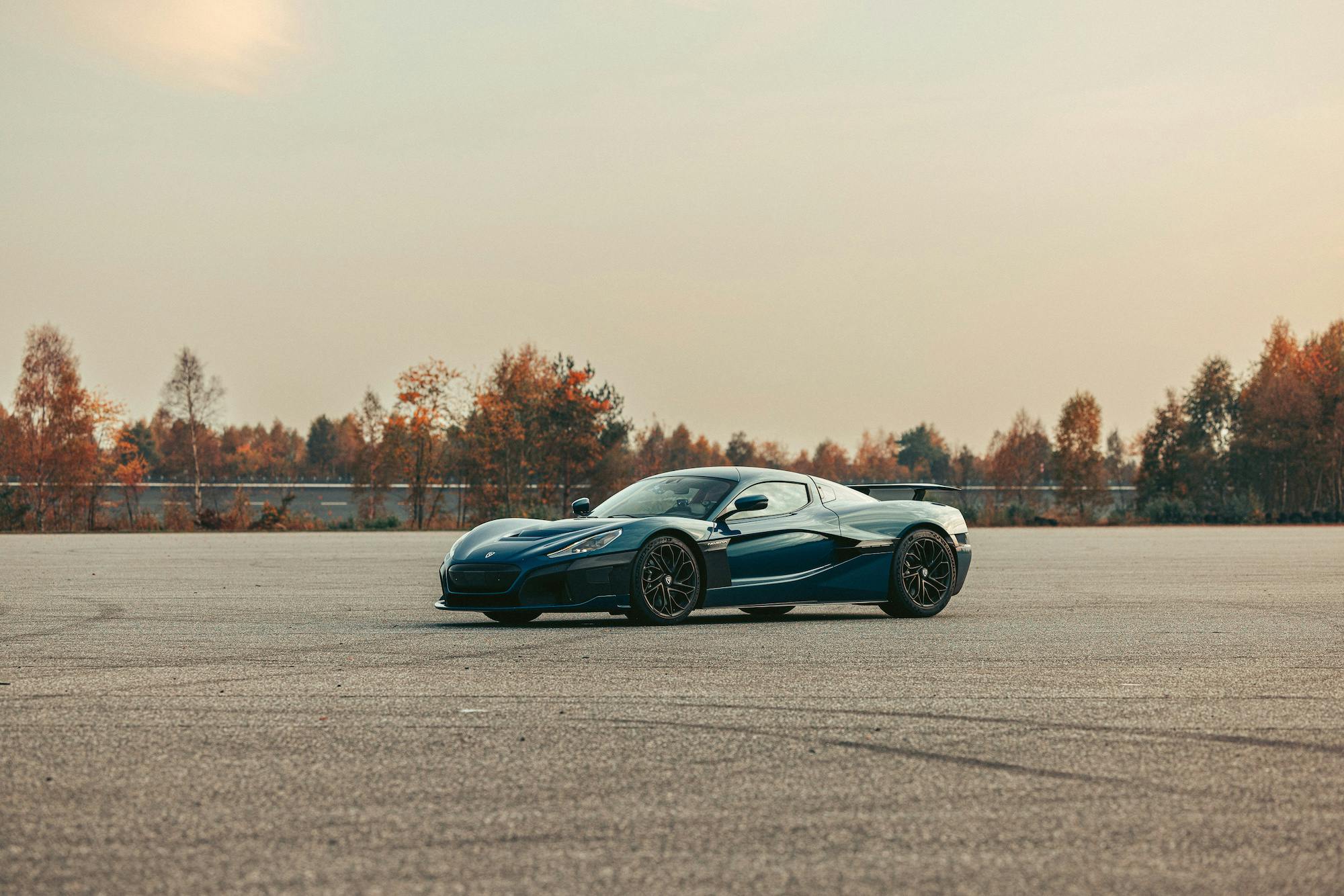
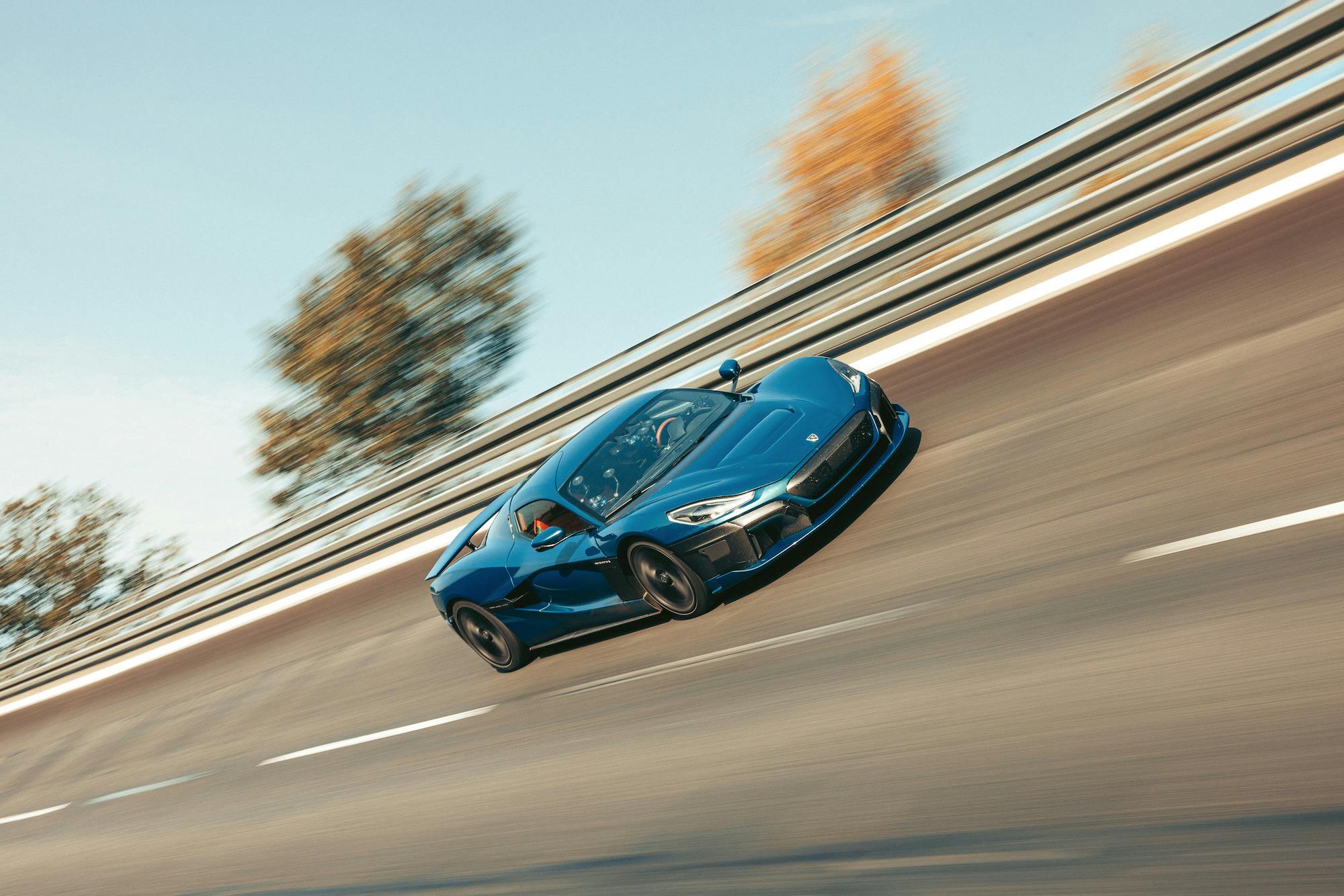

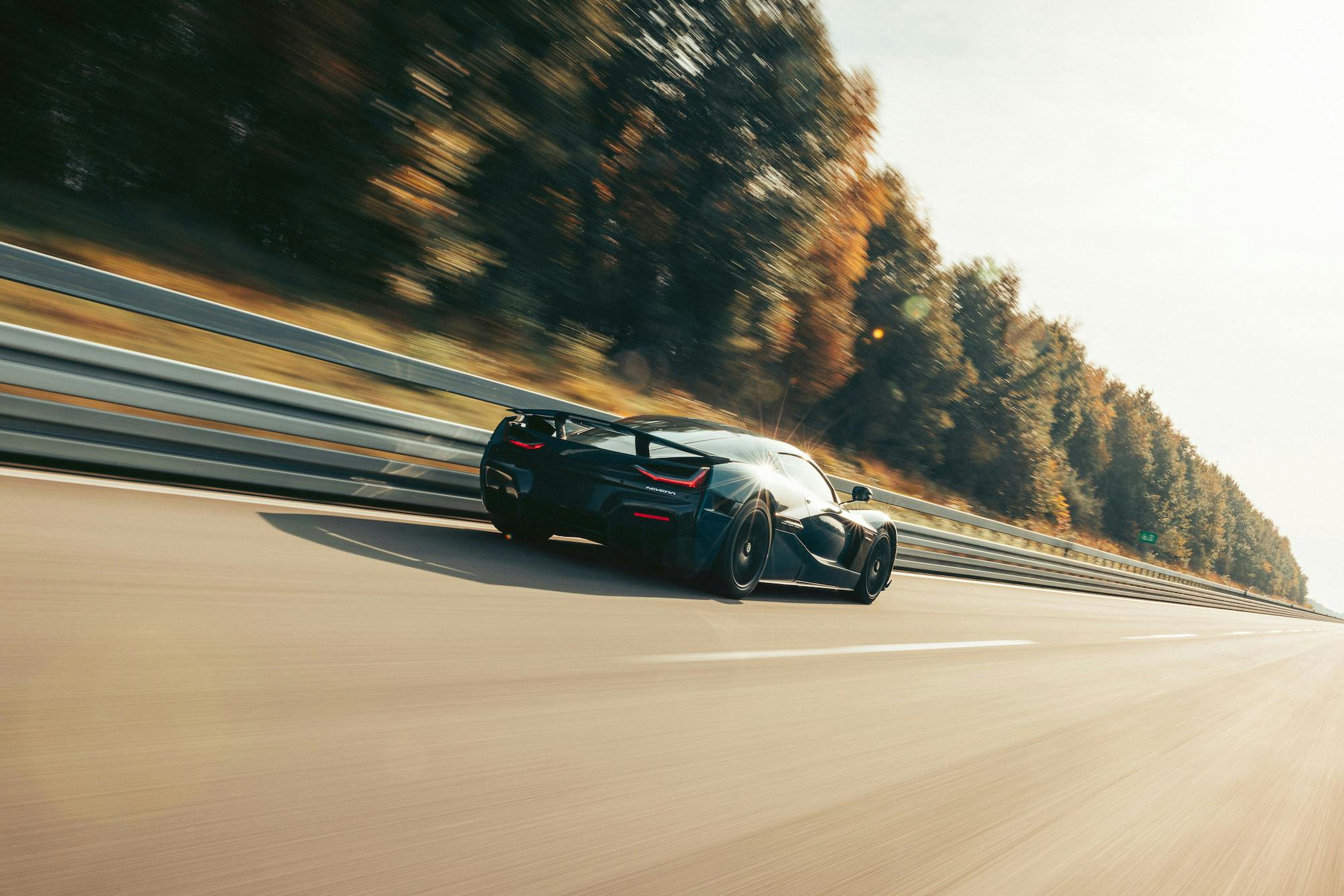


Nice looking car!
I like this vehicle !
Yikes Batman
I wanna drive
Regarding the Rimac Nevera: Articles say zero to 100 in 1.85 seconds. The killer: these are European numbers. That is, that is in kilometers per hour, not miles per hour. This in miles per hour, is only 62 mph. So it is only about .4 seconds faster than a Tesla Model S, and only about .1 second faster than the upcoming Roadster. Sorry guys, that’s not too impressive for “2000” h.p. Try honest marketing.
“Genuine went into the interior, as well.”
What?
Fixed! Thank you.
Can’t wait to see the car Mate builds with next gen battery tech. Currently range/charge rates limit EVs to about 60 mph over long distances. With an EV, driving fast drains the battery really quickly and requires extra charging time, cancelling out any speed advantage. A proper GT car should be good at a “cannonball run” where increased road speed requires exponentially less “refill” time.
Get this car on the Autobahn and go 100 mph, you’ll spend 30 minutes charging for each hour of driving. Driving this car at 70 mph to get 200 miles of range seems to defeat the purpose of this car. Ripping it up and down a mountain pass puts you back into 45 minutes of fun, 30 minutes of charge time, and your laps have to start and end at the charging station.
The car is an absolute wonder of automotive technology. Just waiting for batteries to catch up.
I would like to hear what 257 MPH sounds like in an electric car.
Mate Rimac seems to be the best kind of “mad scientist” needed for an EV supercar. Personally I would like to see him do something more “affordable” or an electric car with a power generator so it doesn’t need batteries. Also kudos to him to keeping it in Croatia and not just blindly chasing the money off a cliff.
Regarding the Rimac Nevera: Articles say zero to 100 in 1.85 seconds. The killer: these are European numbers. That is, that is in kilometers per hour, not miles per hour. This in miles per hour, is only 62 mph. So it is only about .4 seconds faster than a Tesla Model S, and only about .1 second faster than the upcoming Roadster. Sorry guys, that’s not too impressive for “2000” h.p. Try honest marketing.